Incident Management Software
Accelerate resolutions with Infraon’s Gen AI- based incident management solution
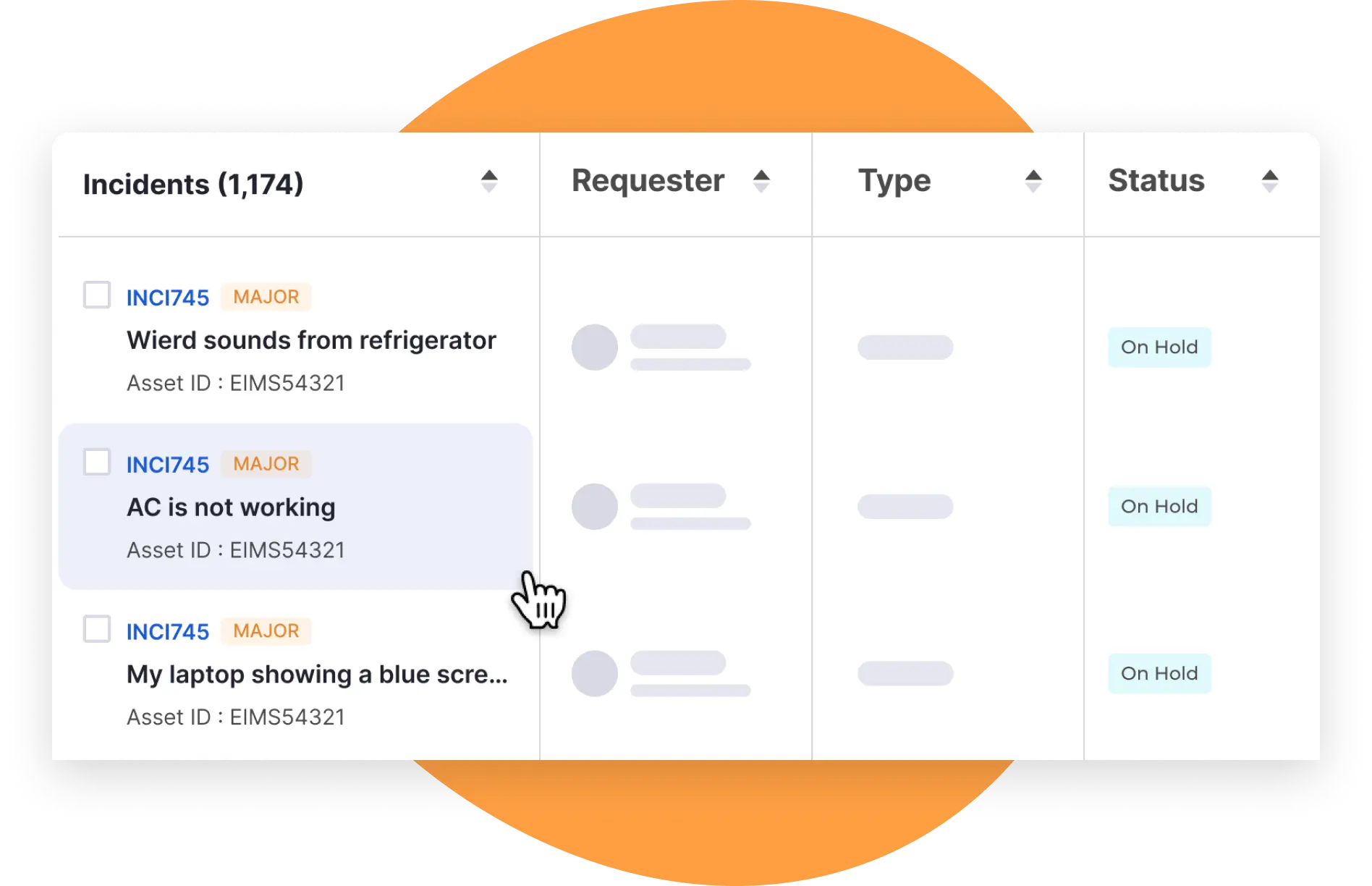
Accelerate resolutions with Infraon’s Gen AI- based incident management solution

Incident management is the heart of IT Service Management (ITSM), focusing on quickly restoring services after unexpected disruptions. Picture this: a key application crashes during a business operation. Incident management steps in to identify the problem, diagnose it, and get everything back on track so that organizations can ensure smooth operations.
When incidents are handled, they build trust with customers and boost the morale of the IT team. The data gathered during incident management helps improve IT processes, leading to a more proactive approach to service delivery. This means fewer surprises and more reliable services.


Infraon’s incident management solution equips different teams to collaborate, track, and resolve incidents quickly and accurately. It comes with Gen AI-based workspace workflows to identify, log, and prioritize incidents and auto-assign them based on business impact.
Infraon’s incident management solution provides clarity on the severity and priority levels and ensures prompt responses. It becomes easy to create a fully reliable and streamlined ITSM ecosystem.
Even a single incident can trigger a major impact. So, find out everything you must know about managing them.
Read blog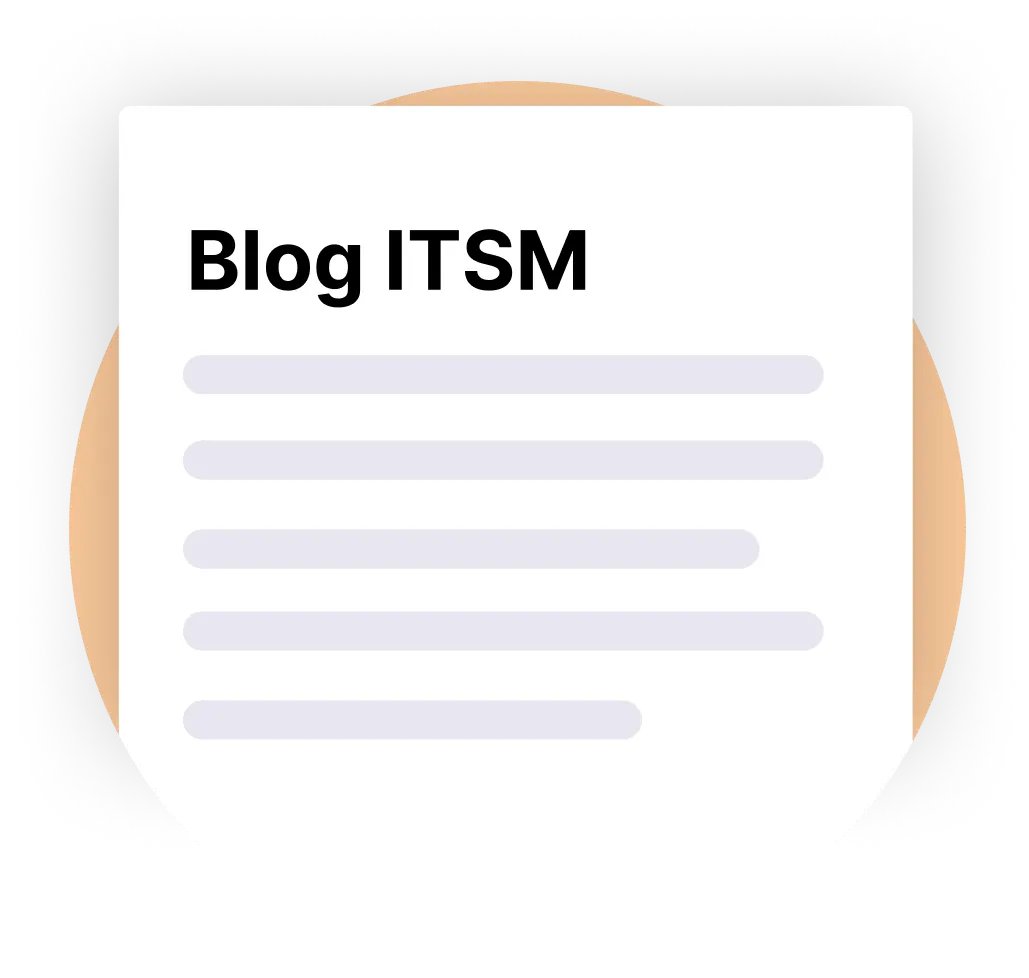
Log incidents through email and auto-assign to agents based on skill and availability - resolving up to 80% of the tickets in one click.
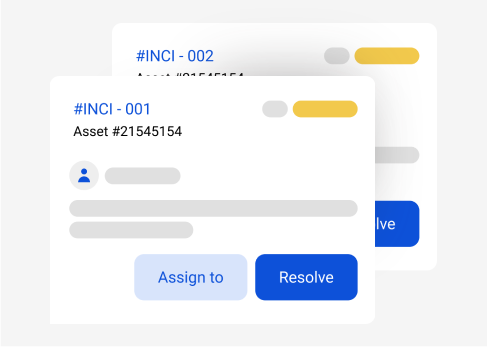
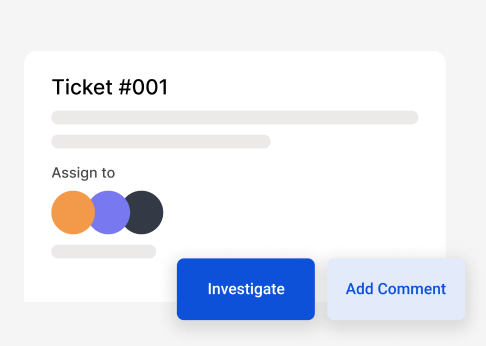
Categorize incidents and prioritize with Gen AI. Auto-escalate if the SLAs are not met and deploy a self-service portal for users.
Deploy a Gen AI-driven knowledge base to offer quick solutions to common issues and inquiries while increasing user adoption.
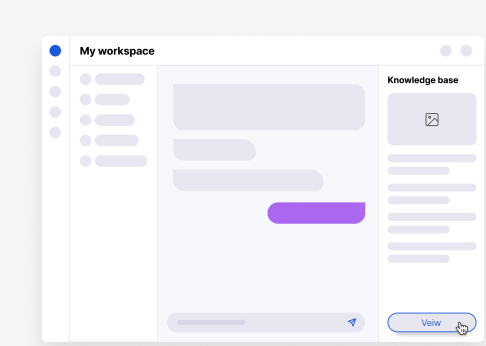
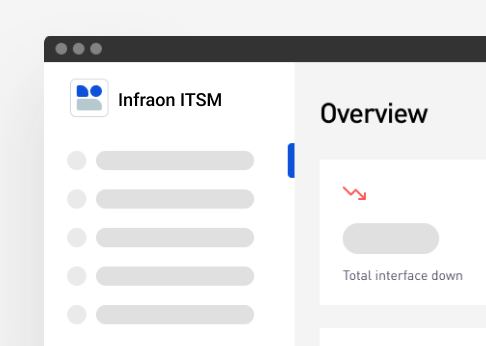
Get full visibility into incident management, send alerts – as required, track anomalies in real time, and discover root causes for incidents.
Setting Severity Levels
User and Role Management
Custom Analytics
Mobile Accessibility

Learn how to overcome ITSM challenges with workflow automation, AI,
etc.,
and keep operations running smoothly.

A proactive approach to incident detection ensures potential issues are identified on time. Infraon’s incident management solution helps:
Incident diagnosis allows IT teams to quickly understand and address the root causes. Infraon’s incident management solution allows you to:
Automating the resolution frees up IT teams to focus on more strategic tasks. Infraon’s incident management solution equips teams to:
It is important to know everything you can about the incident lifecycle. Infraon’s incident management solution makes it easy to:


Infraon's incident management solution is based on best practices, such as:
Monitoring tools for identifying issues before they escalate into major incidents
Classification system to prioritize incidents based on impact and urgency
Automation to handle routine tasks that frees IT staff to focus on more complex incidents
Incident logs to keep records, including causes, resolutions, and follow-up actions
Regular training to ensure IT stakeholders are regularly trained to stay updated
Periodic review of performance metrics to identify areas for improvement
Infraon's incident management solution leads to business benefits such as:
Reduced downtime by minimizing the duration and impact of service disruptions
Improved service quality by promptly addressing incidents
Higher productivity with automation- based incident handling
Proactive issue resolution with continuous monitoring and proactive issue detection
Better resource allocation through incident prioritization

Incidents can crop up at any time and from unexpected sources, causing unplanned interruptions in service quality. These incidents must be managed promptly to prevent downtime and unhappy customers. Managing the incident is imperative to restoring IT services and reducing the impact of disruptions on business.
The objective is to restore normalcy in service operations as quickly as possible, and minimize the impact of unforeseen incidents so that your business continues to fulfil the SLA as agreed.
Service disruptions because of incidents can harm the business's reputation and the bottom line. Therefore, it is necessary to manage incidents through an efficient process, to respond to and resolve incidents promptly. Incident management solutions can keep you from deviating from SLAs, reduce manual tasks and human errors, and cut down service desk's workloads, thereby improving service quality and ROI.

Proactive in identifying incidents

Streamlined business operations

Increased productivity

Consistent service quality

Enhanced customer satisfaction
AI-powered tools automatically categorize and prioritize incidents, predict potential issues before they escalate, and provide intelligent recommendations for faster resolution. Unlike traditional manual approaches, they offer proactive incident detection, smart agent assignment based on skills and availability, and can resolve up to 80% of tickets with minimal human intervention.
Organizations typically see immediate improvements: 75% increase in agent productivity, 75% reduction in IT expenses, enhanced customer satisfaction by over 75%, and significantly reduced downtime costs. Most enterprises achieve positive ROI within 6-12 months through automated workflows, faster resolution times, and better resource optimization.
The software uses AI algorithms to automatically assess incidents based on business impact and urgency levels. It considers factors like affected users, service criticality, and SLA requirements to assign appropriate priority levels. Critical incidents get immediate attention with auto-escalation if SLAs aren't met, while routine issues follow standard workflows through the self-service portal.
